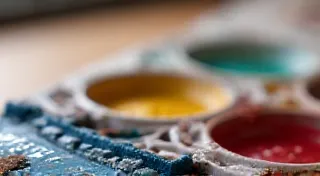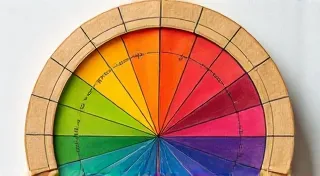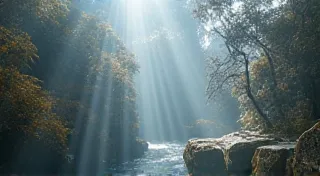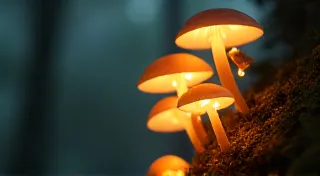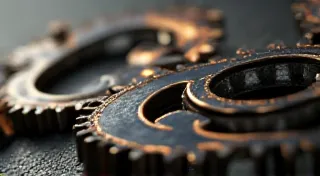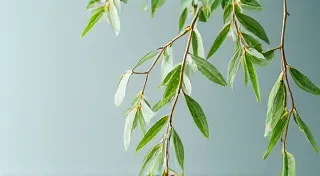Echoes of the Wild: Recreating Forest Landscapes in Miniature Terrariums
There's a peculiar kind of melancholy that clings to antique accordions. The bellows, worn and softened by countless melodies, hold the echoes of joyous dances, tearful farewells, and quiet moments of reflection. They're miniature landscapes in themselves – intricate machinery crafted to produce something beautiful, something that connects us to a past we can only imagine. Just like those accordions, a well-crafted miniature terrarium evokes a sense of history, of delicate balance, and of the enduring beauty of the natural world. We aim to capture this feeling – a tiny, self-contained forest – in glass.
My grandfather, a skilled woodworker, often repaired antique instruments. I remember spending hours in his workshop, mesmerized by the scent of aged wood and the meticulous care he took in restoring each piece. He’s the one who instilled in me an appreciation for craftsmanship, for the dedication required to preserve something old and fragile. He's also the one who first showed me a tiny, moss-covered rock, proclaiming it a “little world.” That sentiment stuck with me, and now, recreating forests in miniature terrariums feels like honoring his memory and the beauty he found in the smallest of things.
The Foundation: Layers of Life
Building a miniature forest terrarium isn’t simply about placing plants in a glass container. It’s about understanding the interconnectedness of an ecosystem, even a tiny one. The layers of the terrarium substrate are crucial. Think of it as building a miniature landscape from the ground up. The bottom layer, often a drainage layer, prevents root rot. I prefer using small pebbles or horticultural charcoal for this. Next comes a layer of landscape fabric to prevent the soil from mixing with the drainage.
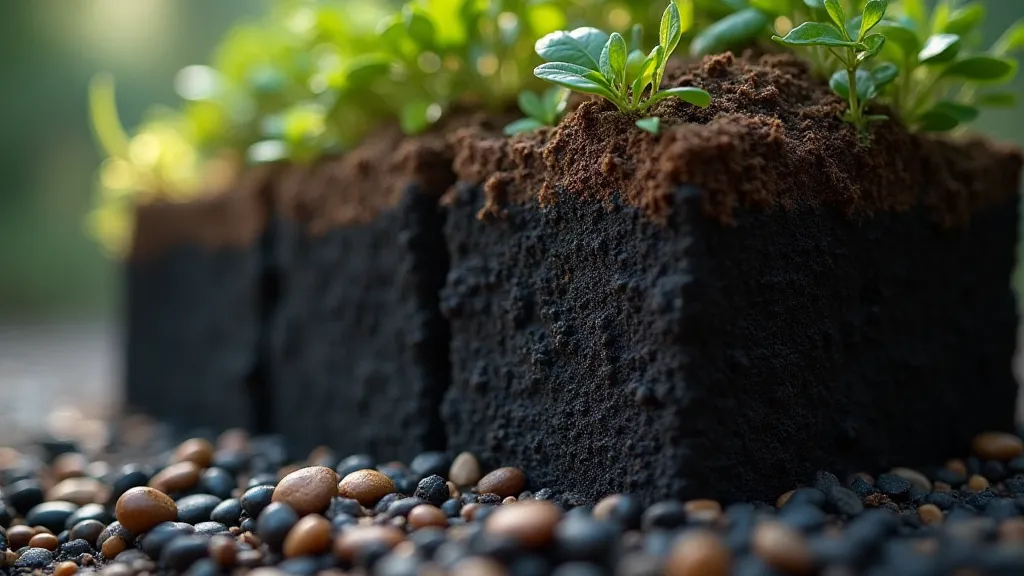
The next and arguably most important layer is the potting mix. For a woodland environment, a mix of peat moss, perlite, and vermiculite works well. You can amend it with compost for extra nutrients, but be cautious not to over-fertilize, as this can lead to algae blooms. The thickness of this layer depends on the root systems of the plants you intend to use. I usually aim for a depth of at least 2-3 inches. Creating this miniature world requires careful planning and understanding scale, something that truly mirrors the artistry of crafting a whole jewel-box world within a glass globe.
Selecting Your Miniature Forest Inhabitants
Choosing the right plants is essential for creating a believable and thriving miniature forest. Consider scale, light requirements, and growth habits. Ferns, mosses, miniature orchids, and creeping vines are all excellent choices. Sheet moss, pillow moss, and sphagnum moss create a lush, verdant carpet, while dwarf ferns like
A critical aspect of miniature gardening is understanding the concept of “scale.” While a plant may look small in a garden center, it can quickly outgrow a terrarium. Researching the mature size of each species is vital. Even seemingly insignificant changes in scale can profoundly impact the overall aesthetic. A single, overly vigorous plant can quickly dominate the entire terrarium. Often, incorporating smaller elements and delicate features is inspired by the idea of creating an enchanting Whispering Willows, a technique used to train miniature trees for graceful forms.
Cultivating Miniature Mosses: A Patient Art
Moss is the soul of a miniature forest terrarium. Its velvety texture and vibrant green hues bring a sense of wildness and tranquility. Cultivating moss, however, requires patience and attention to detail. It thrives in humid, shaded environments with consistent moisture. Propagation is relatively straightforward – simply take small clippings from established moss colonies and place them on a moist substrate. Consistent misting and indirect light are essential for successful propagation.
There are various techniques for encouraging moss growth. Using a slightly acidic substrate, like a mix of peat and sand, can be beneficial. Some enthusiasts even experiment with specific lighting schedules to mimic natural seasonal changes. My grandfather always said that nature responds best to gentle persuasion, not forceful manipulation. That’s a lesson I’s carried with me in all my gardening endeavors. The ephemeral beauty that unfolds within these tiny ecosystems also reminds us of the fleeting moments of life, akin to cultivating ephemeral bloom within miniature gardens.
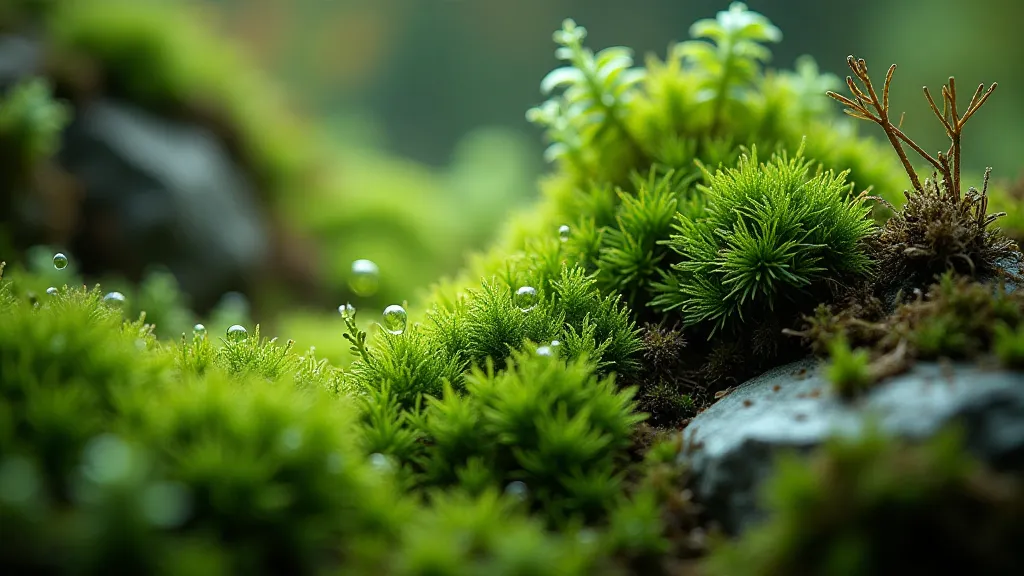
Creating a Realistic Landscape: Natural Elements
To truly capture the essence of a wild forest, incorporate natural elements like small stones, pieces of driftwood, and fallen leaves. Arrange these elements strategically to create a sense of depth and perspective. Consider the way light interacts with these elements – shadows and highlights can add significant visual interest.
Driftwood, in particular, can add a touch of weathered character to the terrarium. It’s interesting to think about the journey a piece of driftwood has taken – from a towering tree to a tiny fragment of nature’s artwork.
Creating Miniature Greenhouses & Scale Model Flower Pots
For those seeking to add a touch of whimsy and architectural detail, creating miniature greenhouses and incorporating scale model flower pots can be a rewarding endeavor. These additions not only enhance the visual appeal of the terrarium but also add a sense of narrative and personal touch. Finding or crafting these miniature structures requires creativity and resourcefulness – using polymer clay, balsa wood, or even repurposed materials like bottle caps. The key is to maintain a consistent scale and aesthetic throughout the terrarium.
Indoor Miniature Garden Designs and Terrarium Building Guide
Indoor miniature gardens offer a unique opportunity to bring the tranquility of nature into our homes. The self-sustaining ecosystem within a terrarium provides a constant source of beauty and serenity. This process is akin to tending a tiny, portable wilderness – a testament to our connection with the natural world. These miniature scenes often benefit from the addition of miniature figures, adding depth and a touch of storytelling to the landscape – a common practice in silent storytellers using miniature figurines.
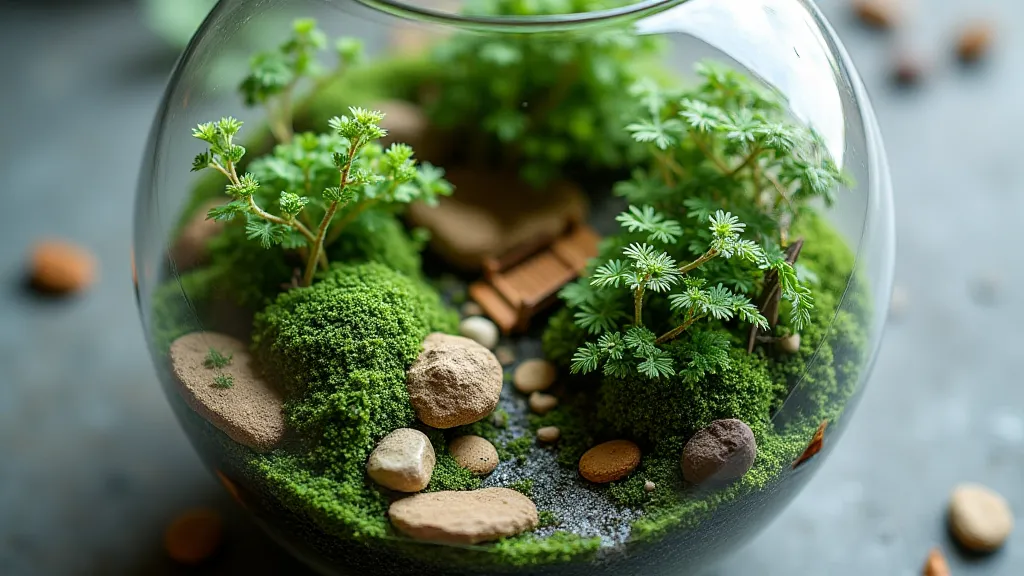
Terrarium Maintenance: A Gentle Touch
Maintaining a miniature forest terrarium requires a gentle touch and a keen eye. Overwatering is a common mistake; less is often more. Misting regularly to maintain humidity is essential, but avoid direct sunlight, which can scorch the plants. Pruning is necessary to keep the plants from outgrowing the container. The whole experience is a reminder of the cyclical nature of life – growth, decay, and renewal – playing out on a miniature scale.
Just like my grandfather's antique accordions, these miniature landscapes require careful attention and a deep appreciation for their delicate beauty. They're echoes of a wildness we yearn for, captured in glass – a testament to the power of nature and the enduring appeal of craftsmanship. The creation of these miniature worlds is a form of art, demanding the same level of care and attention as a master craftsman restoring an antique instrument. It’s a meditative process, offering a respite from the hectic pace of modern life, allowing us to reconnect with the simple joys of nature and the satisfaction of creating something beautiful and enduring.
Beyond the practicalities of plant selection and substrate layering, there’s an emotional resonance to building a miniature forest terrarium. It’s a way to hold onto memories, to express creativity, and to find solace in the beauty of the natural world. The act of carefully arranging each element – the moss, the stones, the driftwood – is a form of meditation, allowing us to slow down and appreciate the small details that often go unnoticed. And when the terrarium is complete, it becomes a living work of art, a miniature echo of the wildness that exists within us all.
